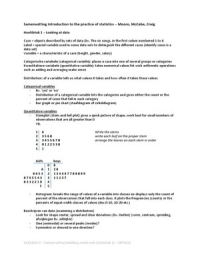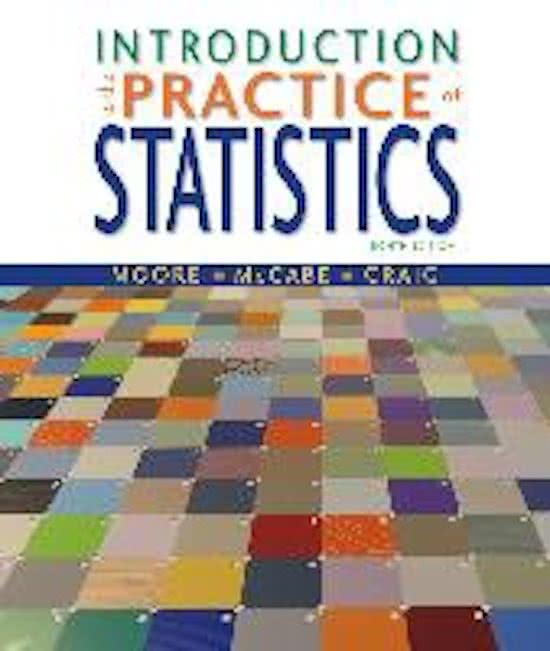Summary
Summary Introduction to the practice of statistics - Moore McCabe Craig - H1,2,3,4
- Course
- Institution
- Book
Summary is primarily in English (as this relates to the official literature), but sometimes I have written some extra explanation in Dutch
[Show more]




